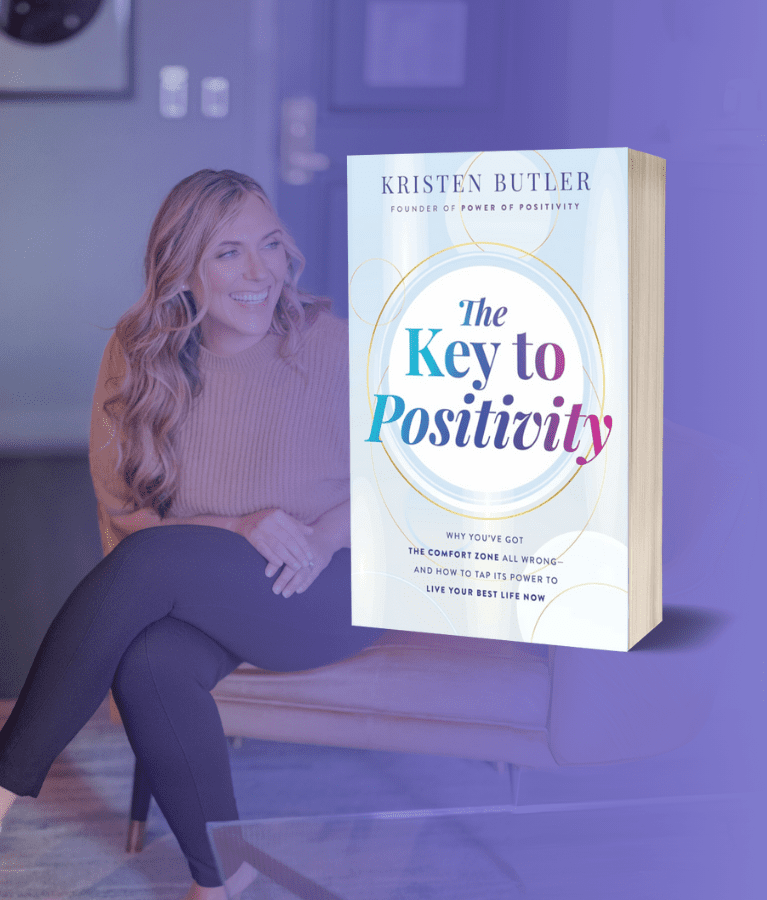Here are the signs of someone with emotional damage.
Do you ever notice moments when something doesn’t quite click in the way someone handles emotions, almost as if they’re avoiding the heart of the matter? Perhaps it’s in the way they brush off serious topics or how meticulously they adhere to their routines. These subtle cues might be signs of an emotionally damaged person. Indeed, these hints reveal much more than meets the eye.
Knowing the signs of emotional damage is often the first step toward healing and recovery. Emotional damage can subtly infiltrate our actions, reactions, and daily decisions, sometimes without us even knowing.
This article explores ten signs that someone might be struggling with emotional wounds, offering insights into both the behaviors themselves and the pathways toward healing.
What Are the Top Signs of an Emotionally Damaged Person?

As we explore these behaviors, remember that finding your way to better emotional health requires both empathy and understanding. But recognizing these signs is a vital first step.
1 – Curated Indifference
One of the more poignant signs of emotional damage is curated indifference. This is when someone seems unusually detached in situations where emotion is typically expected. They might seem disinterested during significant life events or unresponsive to news, which usually elicits a strong reaction. This behavior is often a protective measure, shielding the person from emotions they perceive as potentially painful or overwhelming.
To help heal from this, it’s important to gradually reintroduce emotions into life in a controlled and safe manner. Therapy can provide a secure environment to explore suppressed feelings. Moreover, mindfulness practices can help individuals reconnect with their emotional states gently and non-judgmentally.
Example: Amelia usually shows little emotion at work. When she learns she didn’t get the expected promotion, instead of showing disappointment, she immediately shifts the discussion to a new project without missing a beat.
2 – Compulsive Memory Avoidance
Avoiding painful memories is a common trait among those who have experienced emotional trauma. This might manifest as abruptly changing the subject or physically leaving when certain topics are broached. Avoidance is a defense mechanism to keep distressing memories at bay.
Healing from memory avoidance often involves therapeutic techniques such as exposure therapy, where the person is gently guided to confront and process these memories in a safe setting. Journaling can also be a powerful tool. It provides a private way to unpack and work through difficult memories slowly.
Example: Leo changes the topic to recent movies or TV shows whenever friends bring up college memories, especially if they involve his ex-girlfriend, indicating his discomfort with the past.
3 – Over-elaboration on Insignificance
Sometimes, those dealing with emotional damage will give excessively detailed explanations about simple or mundane issues. This over-elaboration can be a diversion tactic to avoid discussing deeper, more emotionally charged topics.
Addressing this sign involves therapy practices like cognitive-behavioral therapy (CBT), which helps individuals understand and change patterns of overthinking and avoidance. Encouraging open, honest communication and setting a comfortable pace for sharing can also assist in addressing the underlying issues.
Example: Sandy often goes into excessive detail about minor tasks during meetings, such as her email organization, avoiding discussions on more impactful project issues.
4 – Fragmented Sleeping Patterns
Disturbed sleep patterns, particularly those involving fragmented or vividly symbolic dreams, can indicate unresolved emotional conflicts. These sleep disturbances often reflect the psyche’s attempt to resolve unresolved issues.
Improving sleep hygiene can be beneficial alongside practices like dream journaling, which can help individuals make sense of and work through the emotions tied to their dreams. Professional counseling can also provide techniques for better sleep and emotional processing.
Example: Max often describes having restless nights filled with strange, disjointed dreams about searching for something unattainable, possibly reflecting his unresolved issues with his estranged father.
5 – Social Echoing
Mirroring others’ behaviors and emotions, rather than expressing genuine personal reactions, can reveal and emotionally damaged person. This social echoing might occur because the individual feels unsafe or unsure about how to express their true self.
Encouraging genuine self-expression can be achieved through confidence-building activities and therapy. Assertiveness training can also help individuals feel more comfortable and secure in expressing their authentic feelings.
Example: June mimics the opinions and behaviors of her outspoken friends in social settings, rarely expressing her views and adjusting her stance based on who she’s with.
6 – Precision in Routine
An unusually strict adherence to routines might be a coping mechanism for those who have experienced emotional upheaval. This precision in daily routines provides a sense of control and predictability in a world that may feel overwhelmingly chaotic and unsafe.
Introduce small, manageable changes to soften the rigidity of such routines. Therapy can also help gradually reduce the emotional weight placed on these routines, fostering a greater sense of flexibility and resilience.
Example: Carlos meticulously schedules his entire day and becomes anxious and irritable if any unplanned activities disrupt his routine, showing his dependency on strict scheduling for emotional stability.
7 – Deferred Self-Perception
Seeking constant validation from others can be a telltale sign of emotional damage. Individuals may be unable to trust their judgments and often look to others to confirm their worth.
Building self-esteem through positive affirmations and self-compassion exercises can be effective. Therapy might focus on strengthening the individual’s self-worth and encouraging a more internalized sense of validation.
Example: Lizzie constantly seeks reassurance about the quality of her work from colleagues; she does not trust her best judgment without their approval.
8 – Hypervigilance in Privacy
A heightened need for privacy and an intense reaction to perceived intrusions can indicate underlying trust issues, often stemming from past betrayals or violations. This hypervigilance can lead to isolation and difficulty forming close relationships.
Establishing and maintaining boundaries in a healthy, transparent way can help rebuild trust. Counseling can provide strategies for gradually opening up and trusting others in a controlled and safe manner.
Example: Amir becomes defensive and uncomfortable when coworkers inquire about his personal life, preferring to keep his office door closed and avoid non-work related chats.
9 – Selective Emotional Investment
Engaging emotionally only in ‘safe’ contexts, like with pets or in superficial relationships, can protect oneself from deeper, more vulnerable interactions. This selective investment keeps meaningful connections at bay, reducing the risk of emotional pain.
Encouraging deeper emotional engagements involves identifying and addressing fears of intimacy. Therapy provides a safe space to explore these fears and develop strategies for slowly building more meaningful relationships.
Example: Tina engages emotionally with her online gaming friends for hours, sharing personal stories and emotions, yet remains distant and reserved with her family.
10 – Chronic Substitution
Switching from one compulsive behavior to another—be it from substance abuse to excessive exercising—can signal an attempt to cope with unaddressed emotional needs. These substitutions can provide temporary relief but usually fail to examine the root causes of emotional distress.
Recognizing these patterns is crucial. Therapy can help uncover the emotional voids these behaviors aim to fill and work toward developing healthier coping mechanisms.
Example: After quitting smoking, Alex immersed himself in marathon training. Then, he turned to excessive video gaming when an injury stopped his running. He started continuously replacing one compulsive behavior with another.
Trying to Recover From These Emotions? Try These Self-Care Tips
After reading those behaviors, do you think you – or a loved one- might be emotionally damaged? Here are some hints to realign your emotions.
- Seek Professional Help: Meeting with a therapist or counselor gives you the guidance and support needed to understand and heal emotional wounds. A mental health professional can offer custom-tailored advice and therapy techniques such as CBT or EMDR, which are particularly effective for trauma and anxiety.
- Establish a Support Network: Surround yourself with friends, family, or support groups who understand your experiences and can provide emotional support. These relationships create a safety net, making it easier to share feelings and experiences without judgment, significantly reducing feelings of isolation.
- Develop Healthy Coping Mechanisms: Replace harmful behaviors with healthy ones like exercise, meditation, or creative hobbies to manage stress and emotions constructively. Engaging in these activities helps distract from negative thoughts, boosts endorphins, and enhances overall well-being.
- Practice Mindfulness and Meditation: These techniques can help you stay present and reduce the impact of negative thoughts and feelings. Regular mindfulness exercises can also increase self-awareness, allowing you to understand your emotional triggers better and how to manage them effectively.
- Set Boundaries: Learning to say no and setting limits with others can help protect your emotional space and contribute to healing. You must communicate your needs clearly and assertively, ensuring that others respect your personal limits and emotional capacity.
- Journal Regularly: Writing down your feelings can be a therapeutic way to process emotions. It’s also intriguing to track your healing journey. Journaling can serve as a reflective practice, helping you identify patterns in thoughts and behaviors that may need adjustment as you work toward recovery.
Final Thoughts on the Signs of an Emotionally Damaged Person
Recognizing these signs of emotional damage is a crucial step toward recovery. If you see these behaviors in yourself or someone you know, consider reaching out for professional help. Emotional healing is possible and can profoundly transform one’s quality of life, leading to a healthier and happier existence.
Don’t wait to seek help or offer support. Whether consulting with a mental health professional, joining a support group, or simply starting a conversation about emotional well-being, take that first step today. Your healing journey is just as important as the destination.
The post 10 Signs of an Emotionally Damaged Person (and How to Heal) appeared first on Power of Positivity: Positive Thinking & Attitude.








